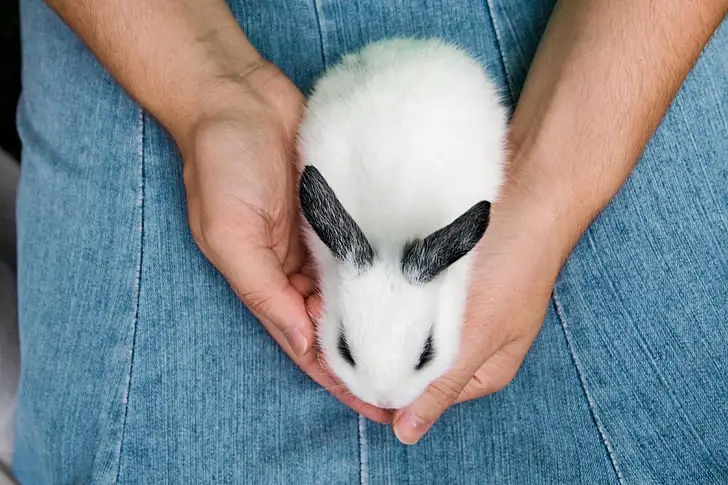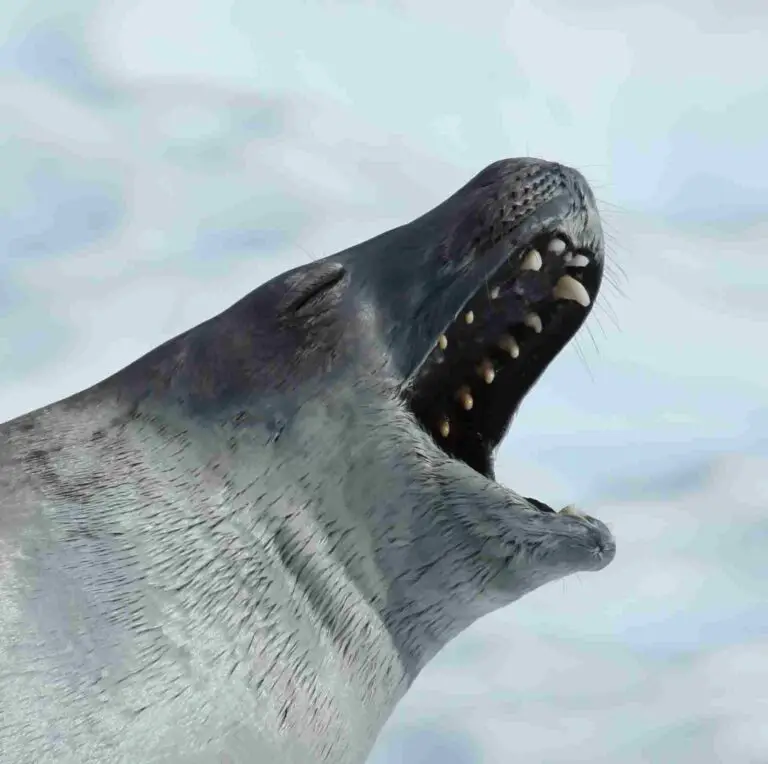Drought Definition, History, Effects and Prevention Explained
Drought is simply the scarcity of hydrological resources due to human and natural causes that reduce precipitation and water conservation rates. This article discusses drought definition, history, effects, and prevention, as outlined below;
-Drought Definition: 5 Ways to Define Drought Hazard
-History of Drought Occurrence
Drought Definition: 5 Ways to Define Drought Hazard
Drought is an environmental hazard characterized by prolonged periods with dry weather conditions, which usually has regional climatic causes and significant effects.

The above can be seen as an overview on the attributes of drought events. It also briefly mentions the cause(s) of drought, which are further elaborated in the alternative drought definition that is given below;
Drought is a phenomenon involving relatively-low environmental moisture levels, which is caused by seasonal weather changes, global warming, landscape changes, unsustainable water consumption and resource depletion, deforestation, and oceanic processes [4].
While it may not be caused by them, drought is closely related to other environmental phenomena like heat waves, climate change, urban heat island, desertification and general land degradation.
Effects of drought represent another important factor, which is highlighted briefly in the following drought definition;
Drought is a form of environmental degradation whereby moisture levels and water availability are both significantly reduced as a result of human and natural causes, and leading to low agricultural productivity, land degradation, habitat loss in natural ecosystems, poor water and air quality, economic recession, food insecurity, hunger, and health problems [6].
Causes and effects play a role in distinguishing different types of drought from each other. Below is an alternative drought definition that mentions some of these types;
Drought is a form of resource depletion that commonly involves scarcity of water resources, and may be categorized as; ecological, agricultural, hydrological, socioeconomic, and meteorological drought [1].
Lastly, drought definition is outlined on the basis of its possible prevention mechanisms/techniques, as follows;
Drought refers to a scenario whereby (water) resource availability becomes low due to any of various causes; and whose possible solutions include; water conservation practices like sustainable irrigation, organic mulching, water dam construction and flood control, cover cropping, recycling of wastewater, energy transition, environmental justice and climate change mitigation.
History of Drought Occurrence
The history of drought occurrence is arguably as old as the history of the Earth, since drought events can occur as part of natural climatic variational cycles.
Between 1276 and 1299, the northwestern part of United States experienced drought conditions that affected agriculture and economic profitability [2]. This, alongside a prolonged period of dryness that included the year 1621, is among the earliest recorded drought events in the U.S.
Parts of Europe and North America experienced severe drought between the late eighteenth and nineteenth centuries. In North America, this phenomenon lasted till the twenty-first century in some areas.
The period between 1876 and 1879 was characterized by drought, agricultural decline, and famine in parts of India and China [3].
The longest recorded drought periods in history include the Dust Bowl drought event in the United States, which spanned across decades and was at its most severe level in the mid 1930s [5].

Current drought events (as of 2022) occur in the Great Plain prairie biome of North America, and in parts of Central and Eastern Africa, among others.
Effects of Drought
The effects of drought can be differentiated into; effects on the environment, animals, and humans. Effects under each of these three categories are outlined below;
-Effects of drought on the environment
1). Climatic variation
2). Environmental degradation (in form of increased air pollution, soil degradation, water scarcity/degradation)
3). Resource depletion
-Effects of drought on animals
4). Habitat loss
5). Biodiversity loss
6). Low availability of biomass and bioenergy for optimal ecologic functioning
-Effects of drought on humans
7). Food scarcity
8). Economic recession
9). Health problems
Prevention of Drought
Measures for prevention of drought include;
1). Conservative water consumption
2). Transition to renewable energy resources for climate change mitigation
4). Afforestation and Reforestation
5). Wastewater recycling
6). Water management-infrastructure development
Conclusion
Drought is any event that is characterized by prolonged periods of resource scarcity, especially with regards to water resources.
Effects of drought are; climatic variation, environmental degradation, resource depletion, habitat loss, biodiversity loss, food scarcity, economic recession, and public health problems.
Measures for prevention of drought are; conservative water consumption, renewable energy transition, sustainable agriculture, afforestation and reforestation, wastewater recycling, and water management-infrastructure development.
References
1). Crocetti, L.; Forkel, M.; Fischer, M.; Jurecka, F.; Grlj, A.; Salentinig, A.; Trnka, M.; Anderson, M.; Ng, W-T.; Kokalj, Ž.; Bucur, A.; Dorigo, W. (2020). “Earth Observation for agricultural drought monitoring in the Pannonian Basin (southeastern Europe): current state and future directions.” Regional Environmental Change 20(4):123. Available at: https://doi.org/10.1007/s10113-020-01710-w. (Accessed 26 December 2022).
2). Dean, J. S.; Gumerman, G. J.; Epstein, J. M.; Axtell, R. L.; Swedlund, A. C.; Parker, M. T.; Mccarroll, S. (1998). “Understanding Anasazi Culture Change Through Agent-Based Modeling.” SourceRePEc. Available at: https://ideas.repec.org/p/wop/safiwp/98-10-094.html. (Accessed 26 December 2022).
3). Janku, A. (2018). “DROUGHT and FAMINE in NORTHWEST China: A LATE VICTORIAN TRAGEDY?” Journal of Chinese History 2(02):1-19. Available at: https://doi.org/10.1017/jch.2018.4. (Accessed 26 December 2022).
4). Lal, R. (2012). “Climate Change and Soil Degradation Mitigation by Sustainable Management of Soils and Other Natural Resources.” Agricultural Research 1(3). Available at: https://doi.org/10.1007/s40003-012-0031-9. (Accessed 26 December 2022).
5). Moscona, J. (2020). “Environmental Catastrophe and the Direction of Invention: Evidence from the American Dust Bowl.” Available at: https://ssrn.com/abstract=3924408. (Accessed 26 December 2021).
6). Orimoloye, I. R.; Belle, J.; Orimoloye, Y.; Olusola, A. O.; Ololade, O. O. (2022). “Drought: A Common Environmental Disaster.” Atmosphere. Available at: https://doi.org/10.3390/atmos13010111. (Accessed 26 December 2022).



